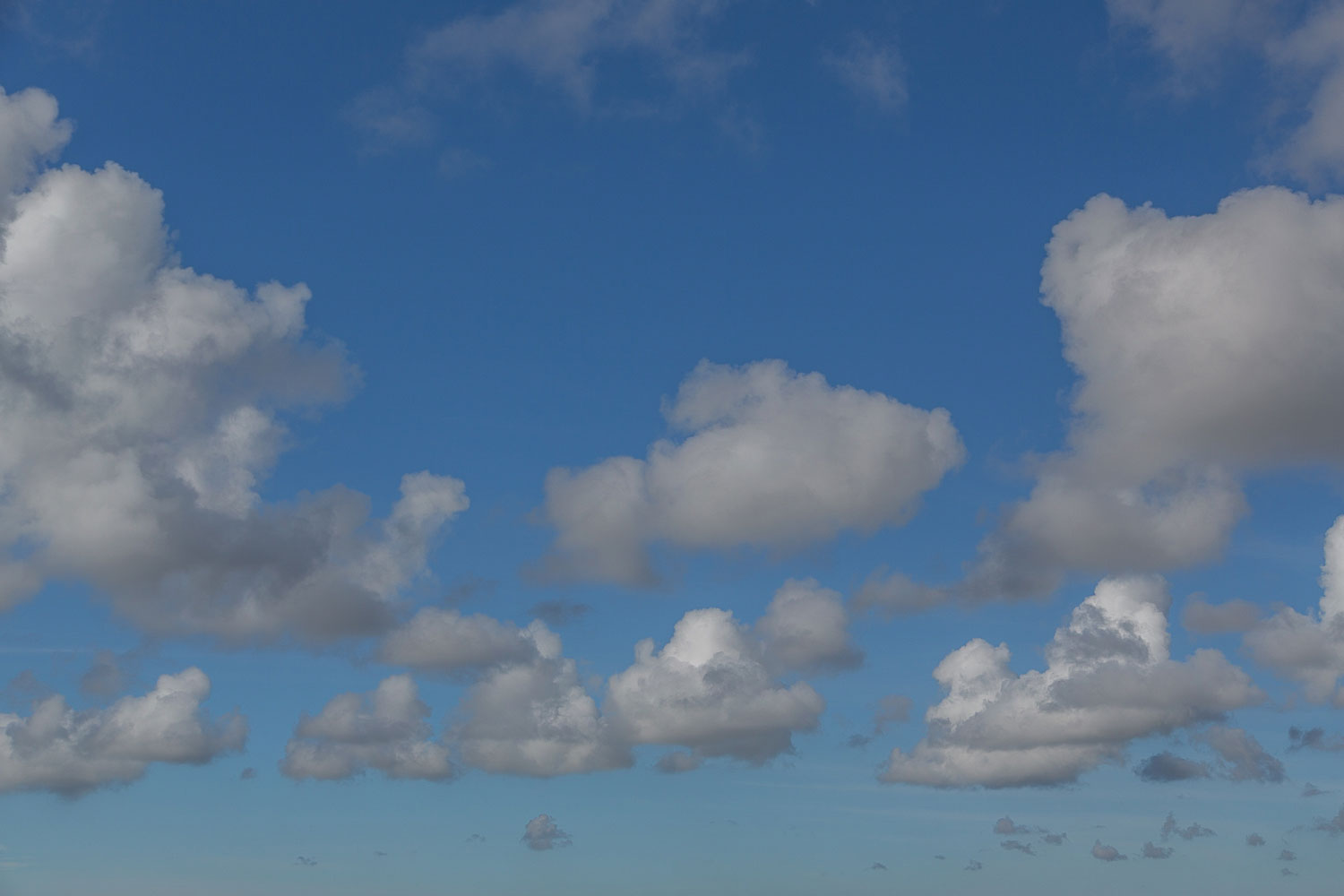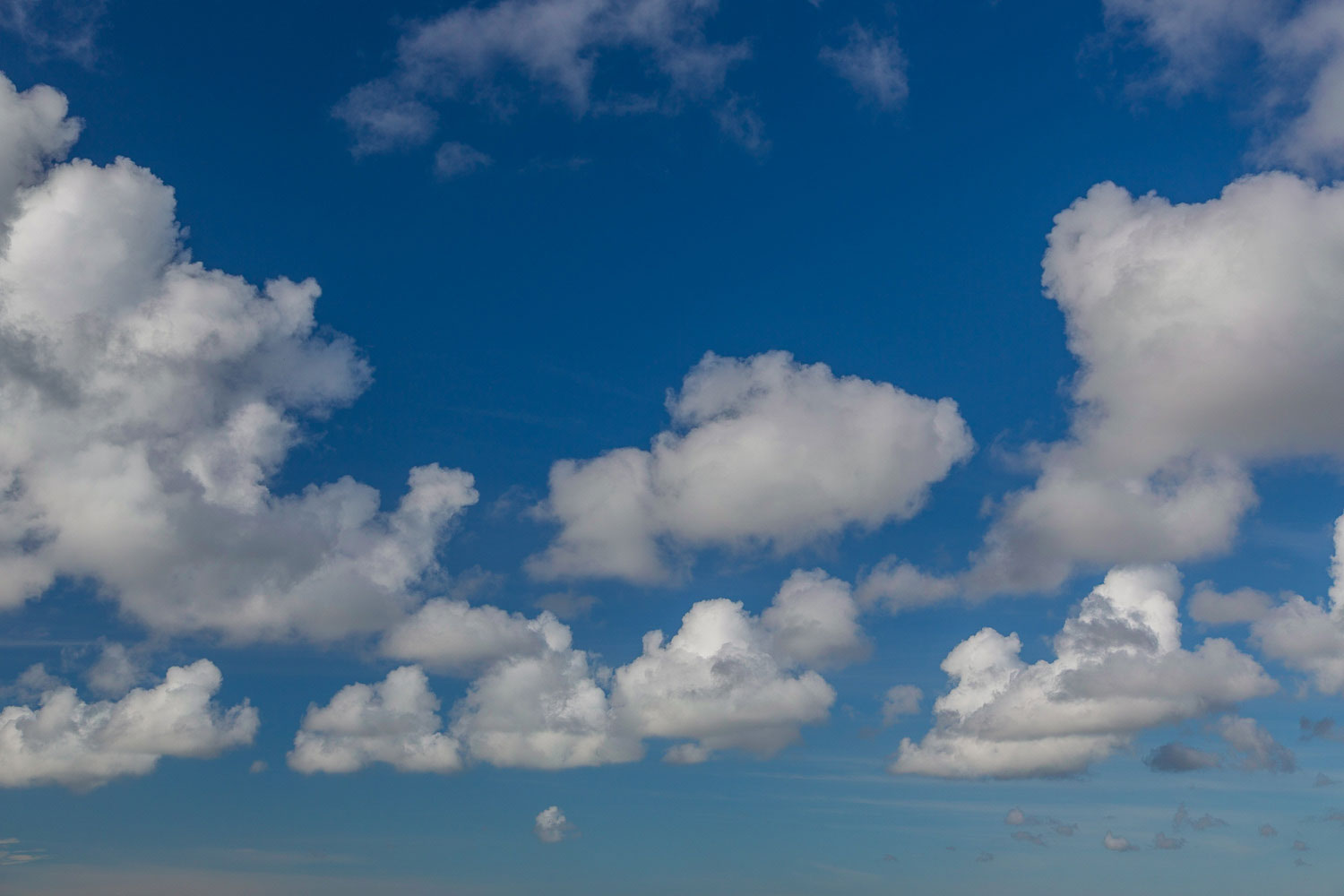What is a Polarizing Filter?
A polarizing filter (polarizer) is simply a filter that modifies the way that the light that passes through the lens. When light reflects off non-metallic surfaces it becomes polarized. The filter can be used to cut down on the glare and reflections that occur from this reflected light.
A basic polarizing filter are two pieces of glass with containing a polarizing film that acts like shades for your camera lens changing the way that the light can pass through into the lens. Once attached to the lens, you have the option to rotate the filter, which changes the amount of the effect applied.
Why use a Polarizing Filter?
As described above, a polarizing filter reduces glare. This makes it is an essential piece of photography gear. These effects' that cannot be replicated or imitated in post-production as your camera does not record any information about polarized light. You can also see the results when using the filter immediately, which naturally helps in determining any final composition.
This glare reduction can be incredibly useful when taking images of metallic, glossy or other reflective objects (such as shiny metalwork or the glossy paint on cars etc.) where these reflections can be distracting.
A polarizer can also be used to reduce the reflections from a wide variety of other objects such as:
Foliage
Here the saturation of the greens in this scene are deepened and much more rich as the light reflections are reduced with the polarizer.
Water
Water naturally reflects the light from the surface. Rotating the polarizer can significantly reduce this glare and reveal what is below the surface.
Glass Windows
Again in a similar manner, the reflective glare from the windows can be removed by rotating the polarizer.
General Haze Reduction
Haze is a common occurrence when taking landscape images. The haze reduces contrast in a scene and diminishes the colour and saturation that can be captured. A polarizer can help in these situations to reduce the amount of haze and inject some extra contrast into a flat image.
Rainbows
Rotating a polarizer can enhance or remove the strength of a rainbow in a scene.
Polarizing Effect on the Sky
Sunlight scatters light across the sky, which can 'wash-out' and lighten the color of the blue sky. A polarizer can deepen the color saturation and help the clouds 'pop' in the image.
However, it is important to note that the polarizer works best when used at 90º from the sun. This will provide for the strongest effect. As such where the sun is overhead then the sky near the horizon will have more depth.
Care has to be taken where it is used at a different angle to the sun in the sky as the effect can be recorded only on one side of the sky in a scene. This can be seen here where it is clearly a darker deeper shade of blue on one. This effect can also become pronounced when using a wide-angle lens where so much sky in the scene can be captured in one frame.
 |
 |
Other Considerations
It is important to bear in mind that using a polarizer will reduce the amount of light that can enter the camera by around 1-2 stops. It should only be applied to the lens when you need it so as to avoid having to use a slower shutter speed/wider aperture than is absolutely necessary.
A polarizer can sometimes add an unwanted vignette (darkening of the corners) to an image. This is especially noticeable when using wide-angle lenses and it is recommended to use a 'slim filter' to reduce this effect. I recommend using the FUSION ANTISTATIC CIR-PL, which has a super slim frame and reduces any noticeable vignette. For regular lenses I recommend the HOYA HD nano CIR-PL.
I also recommend rotating the filter in a clockwise direction so as not to inadvertently unscrew the filter from the front of the lens. Once you reach the maximum amount of effect, continuing to rotate the filter resets the effect back to minimum.
Using a polarizer requires you to slow down your photography, as it is another factor to consider before capturing your image. As you frame your composition in camera, you will have to rotate the filter to the appropriate position prior to taking the photograph.
Polarizing filters are an invaluable tool for photographers and as you can see, can vastly improve images whether by reducing unwanted glare and reflections or boosting saturation and contrast. They are certainly something that should have a permanent home in your camera bag.
I hope that you find this article useful and please feel free to contact me if you have any questions or comments relating to this topic. Please also feel free to pass this onto any photographer friends that you think may find this useful.
Antony Zacharias: Website







